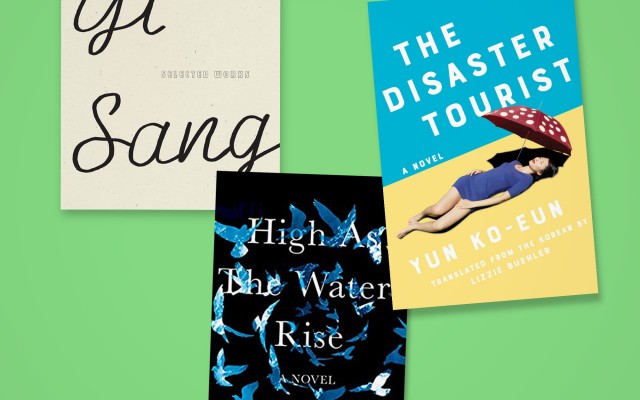From the Sketchpad: Translating Japanese

Japanese syntax can be infuriating, even after eight years of study. It can twist and turn in unexpected ways, especially in the hands of a master writer. Verbal clauses can be embedded inside verbal clauses ad nauseum, and sentences can go on for pages, especially in older works not yet influenced by Western stylistics. Often, I find myself lost in the syntax, and so have to unravel it by writing it out and studying each individual part, finding how it relates to the whole via the clause markers attached to it. Here’s an example in a text I’m working on right now. The narrator is describing a painting by Sargent.
なんでもないことを無心のおこなっているその姿が、日常のひとこまであればこそ二度ともどらない時間であるのを、見る者にひしひしと感じさせる。
The first thing I do is break out solid pieces of text—that is to say nouns, verbs, adjectives, things more substantial and therefore more likely to have direct translations, and transcribe them as they are with the particle markers intact.
[nothing at all/trifling/harmless]を[innocent]の[causing to happen/overseeing]の[shape/sight]が,[every day]の[one scene/one frame][to be+emphasis marker][time that will never return]を,[those who see/look at (it)]に[acutely/keenly][make them feel].
This probably looks like gobbledygook if you’re unfamiliar with Japanese syntax, but I can see the flow of things more easily this way when my brain’s not quite hooking into the Japanese syntax. Now I’ve unpacked the sentence, I can identify what’s modifying what. The subject of the sentence is [shape/sight], with the sight being the two little girls referred to in the sentence before this one. However, “sight” is modified by a verbal clause, so I have to restructure that and set it in English syntax. And after the subject comes the main verb of the sentence, which is “make them feel”. Whom you ask? Those who are looking at the painting. And lastly follows the “what.” In this case, the author is conveying that the viewers must keenly feel the ephemerality of the moment. Now to put that all in order. At this point, I’m also wondering if the resultant sentence will be too long and convoluted in English and whether or not it should be broken in half. I’m going to try for one sentence first, and see how it looks and sounds.
The sight of them so innocently going about such a trivial chore must make those viewing the painting keenly aware that this moment will never return, precisely/especially because it is such an everyday scene.
The above is a terribly clunky and fairly literal translation. Even so, though, you can see where I’ve already pulled away a little. “Feel” became “aware; “time” became “moment”. I still haven’t decided how I’ll translate the emphasis marker, and I’m not satisfied with how it reads at all. But I think I can probably still get away with one sentence, so now I’m going to shift clauses a little and see what that does for the overall effect.
Precisely because it is a snapshot of an everyday scene—two girls innocently going about their daily chores—it must make those viewing the painting keenly aware that this moment in time will never return.
I’ve slimmed down the sentence a bit more, though it’s now quite divorced from the Japanese syntax. I changed the subject entirely, inserted some words that weren’t there originally, cut some other words. And still I’m not satisfied. The word “snapshot” irritates me, for one thing, perhaps because it seems too snappy a word for the sentiment conveyed in the Japanese. The original term ひとこま can also mean one frame of a film, so snapshot isn’t necessary inaccurate, but it lacks the implication of movement, I think. Could I say, “Precisely because it is a single frame of an everyday scene”? Maybe. I’ll have to think on it more.
There’s a part of me that would like to alter the last part of the sentence entirely and say something along the lines of “keenly aware of this moment’s fleeting nature.” I probably won’t do that, though, for two reasons. One: Japanese has a word for fleeting nature, and the author didn’t use it. Two: I think it sounds far too cliché, especially for Japanese texts, which tend to get stereotyped as overly concerned with “the fleeting nature of the world.” Is that what the author is talking about? Yes. But she didn’t phrase it that way, even though she could have.
Along a different vein, I’m also considering cutting the phrase I’ve put between dashes, so I go back and check the original sentence to see if it flows similarly. The Japanese has two commas, two pauses, so maybe the dashes are acceptable, though I think the sound in Japanese is still smoother. For now, I’ll leave the sentence like this. It’s a more or less accurate translation for a first draft. On second read, once I have everything put together, I can decide what to do with it to make the overall text flow more smoothly.



